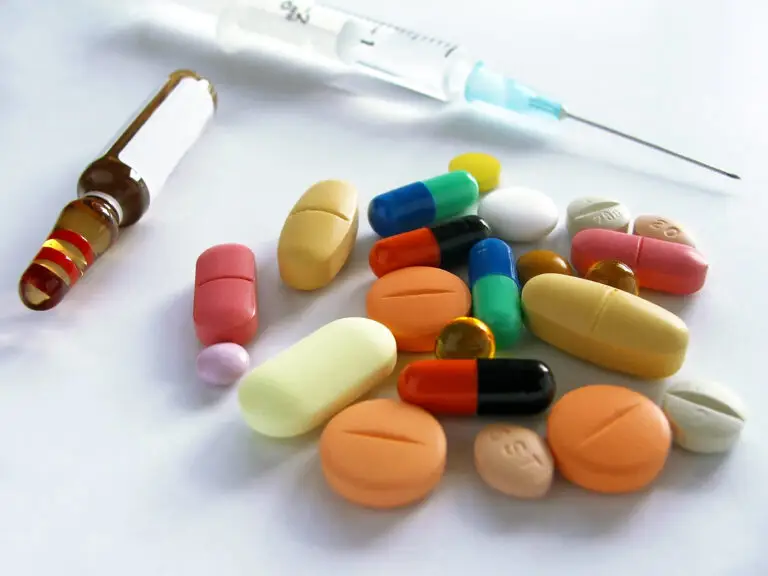Angina pectoris, commonly known as angina, is chest pain caused by reduced blood flow to the heart muscles. This condition often manifests as a squeezing, pressure, heaviness, or tightness in the chest. Angina is a symptom of coronary artery disease (CAD), and it’s crucial to address it promptly to prevent further complications such as heart attacks. This blog delves into four primary treatments for angina pectoris, offering insights into how each approach helps alleviate chest pain and improve heart health.
Treatment Options for Angina Pectoris
Here are 4 treatment options for Angina Pectoris
1. Lifestyle Modifications
The first line of treatment for angina pectoris often involves significant lifestyle changes. These modifications are aimed at reducing the risk factors associated with coronary artery disease and improving overall cardiovascular health.
- Dietary Changes: Adopting a heart-healthy diet is essential. This includes increasing the intake of fruits, vegetables, whole grains, and lean proteins while reducing saturated fats, trans fats, cholesterol, and sodium. Foods rich in omega-3 fatty acids, such as salmon and flaxseeds, are particularly beneficial for heart health.
- Exercise: Regular physical activity helps improve blood circulation and strengthens the heart. However, it’s crucial to consult a healthcare provider before starting any exercise regimen, as overexertion can trigger chest pain in angina patients. A balanced routine that includes moderate aerobic exercises, such as walking, swimming, or cycling, is generally recommended.
- Smoking Cessation: Smoking is a significant risk factor for coronary artery disease. Quitting smoking can significantly improve heart health and reduce the frequency and severity of angina episodes. Numerous resources, including counseling and nicotine replacement therapies, are available to support smoking cessation.
- Weight Management: Maintaining a healthy weight is vital for reducing the strain on the heart. Obesity is linked to higher cholesterol levels, increased blood pressure, and diabetes, all of which contribute to angina. A combination of a balanced diet and regular exercise can help achieve and maintain a healthy weight.
2. Medications
Several medications are prescribed to manage angina pectoris, each serving a specific purpose in alleviating chest pain and improving heart function.
- Nitrates: Nitrates, such as nitroglycerin, are the most common medications used to relieve angina. They work by dilating the blood vessels, which increases blood flow to the heart muscles and reduces the heart’s workload. Nitroglycerin can be taken in various forms, including tablets, sprays, and patches.
- Beta-Blockers: Beta-blockers reduce the heart rate and the force of contraction, thereby lowering the oxygen demand of the heart. These medications are particularly effective in preventing angina episodes triggered by physical exertion or stress.
- Calcium Channel Blockers: Calcium channel blockers relax the muscles of the blood vessels and increase the supply of blood and oxygen to the heart while reducing its workload. They are particularly useful for patients who cannot tolerate beta-blockers or nitrates.
- Antiplatelet Agents: Antiplatelet agents, such as aspirin, help prevent blood clots from forming. Since angina is often caused by narrowed arteries, preventing clot formation is crucial in reducing the risk of a heart attack. In some cases, stronger antiplatelet drugs like clopidogrel may be prescribed.
3. Medical Procedures
When lifestyle changes and medications are insufficient to control angina, certain medical procedures may be necessary to restore adequate blood flow to the heart muscles.
- Angioplasty and Stenting: Angioplasty, also known as percutaneous coronary intervention (PCI), involves inserting a small balloon into the narrowed artery and inflating it to widen the vessel. A stent (a small wire mesh tube) is often placed in the artery to keep it open. This procedure is effective in reducing chest pain and improving blood flow.
- Coronary Artery Bypass Grafting (CABG): CABG is a surgical procedure that involves creating a new pathway for blood to flow to the heart. This is done by grafting a healthy blood vessel from another part of the body (usually the leg, arm, or chest) to bypass the blocked artery. CABG is usually recommended for patients with multiple blocked arteries or severe blockages that cannot be treated with angioplasty.
4. Alternative Therapies
In addition to conventional treatments, some patients find relief from angina symptoms through alternative therapies. While these treatments should not replace traditional medical care, they can complement existing treatment plans.
- Acupuncture: Acupuncture, an ancient Chinese practice, involves inserting thin needles into specific points on the body to relieve pain and improve overall health. Some studies suggest that acupuncture can help reduce the frequency and severity of angina episodes by improving blood flow and reducing stress.
- Enhanced External Counter pulsation (EECP): EECP is a non-invasive treatment that involves the use of cuffs placed around the legs. These cuffs inflate and deflate in sync with the heartbeat, promoting the formation of new blood vessels and improving blood flow to the heart. EECP is typically recommended for patients who do not respond well to conventional treatments.
- Herbal Supplements: Certain herbal supplements, such as hawthorn, garlic, and ginkgo biloba, are believed to support cardiovascular health. While some studies show promising results, it is essential to consult a healthcare provider before using any herbal supplements, as they can interact with prescribed medications and cause side effects.
Diagnose Angina Pectoris through an InBody Scan
IV Lounge’s InBody Scan service offers a detailed analysis of your body composition, helping you understand your muscle mass, fat distribution, and hydration levels. This information is crucial for managing angina and other cardiovascular conditions.
InBody Scan Includes:
- Comprehensive body composition analysis
- Accurate measurement of muscle mass and fat distribution
- Insight into hydration levels and body water balance
- Personalized health recommendations based on your results
Treat Angina Pectoris with IV Lounge
Managing angina pectoris requires a comprehensive approach that includes lifestyle changes, medications, medical procedures, and alternative therapies. Each patient’s treatment plan should be tailored to their specific needs and medical history.
Whether you are managing chest pain through lifestyle modifications, medications, medical procedures, or alternative therapies, the key is a personalized approach that addresses your specific needs. At IV Lounge, we are committed to supporting your journey to better heart health with our comprehensive services and expert care. IV Lounge understands the importance of personalized healthcare. Trust IV Lounge to guide you towards a healthier heart and a better quality of life.












